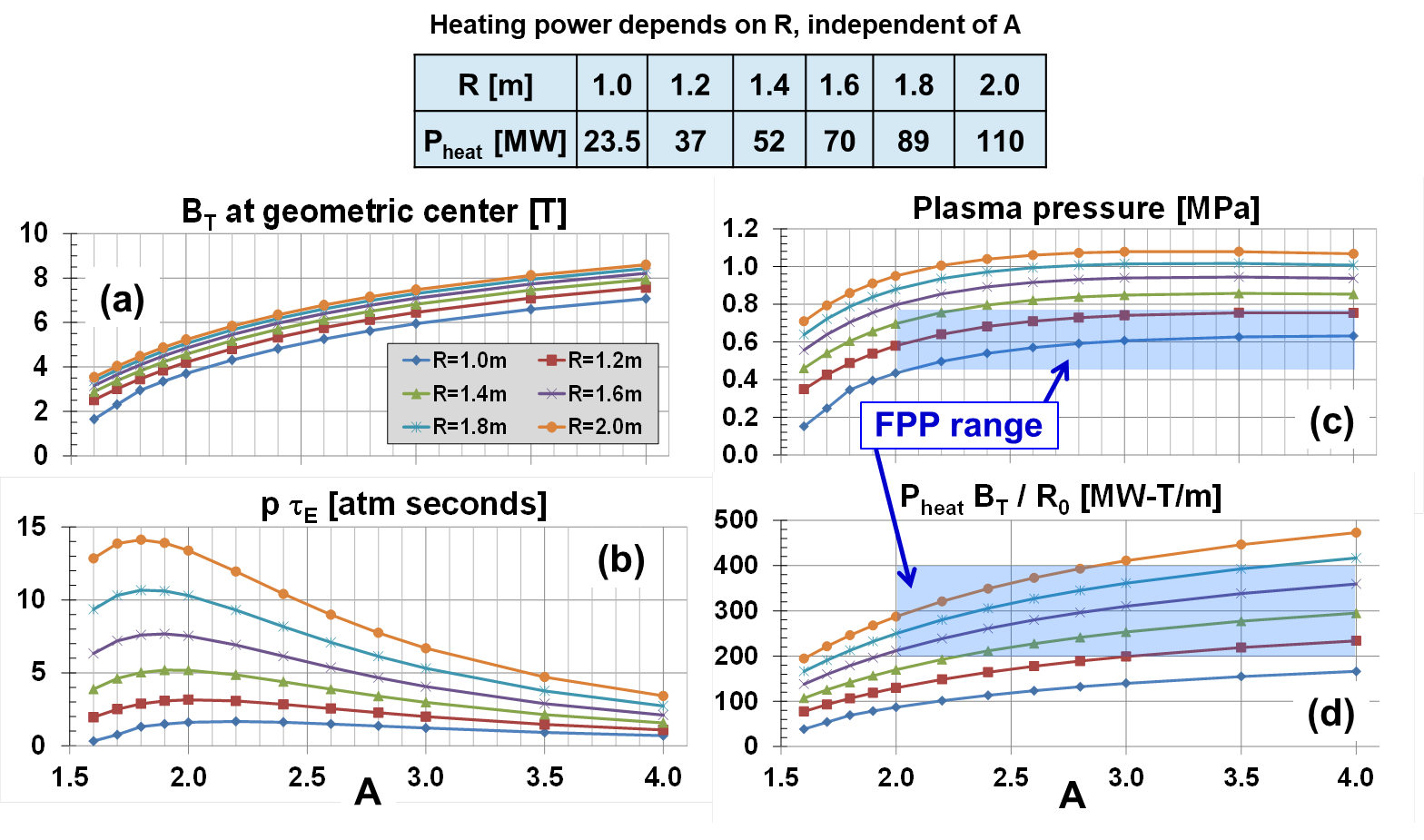Speaker
Description
The 2018 National Academies of Sciences (NAS) Report of the Committee on a Strategic Plan for U.S. Burning Plasma Research and the more recent APS-DPP Community Planning Process (CPP) recommend that the U.S. should pursue innovative science and technology to enable construction of a Fusion Pilot Plant (FPP) that produces net electricity from fusion at reduced capital cost. Such a mission requires development and integration of multiple physics and technology innovations. A unique feature of the tokamak-based FPP approach in the U.S. is the integration of a high fraction of self-driven current with high core plasma pressure and high divertor parallel heat flux. The integration of a high-performance core and edge has not been previously accessed nor is it presently planned to be accessed by existing U.S. or international facilities. This integration is sufficiently challenging that construction and operation of a dedicated sustained-high-power-density (SHPD) tokamak facility is proposed by the U.S. community to close this integration gap. This presentation describes the performance of present and planned tokamak facilities, gaps between present/planned facility capabilities and the U.S. FPP regime, and presents pre-conceptual engineering studies for a SHPD facility to narrow/close the core-edge integration gaps to the FPP.

Figure 1 compares (left) pressure and (right) parallel heat flux between (blue) present/planned tokamaks and (red) proposed FPP/FNSF/SHPD devices (2,3,4). Figure 1 shows the FPP regime has plasma pressure = 0.2-0.7 MPa in the range of high-performance pulsed tokamaks (e.g. ITER baseline, EU Demo, Italian DTT, ADX, SPARC) but with approximately 3 times higher self-driven fraction enabling long pulse to steady-state operation. Present stellarators are shown in the left graph at f$_{self}$ = 1 and have q$_{||0} < $1 GW/m$^{2}$ so are not included in the right-hand graph. The FPP-regime pressure and heat flux are also 3 times higher than expected in present/planned facilities at high f$_{self}$ =0.6-0.8. SHPD aims to close these gaps through innovations such as: high field/current density/temperature superconducting magnets, advanced divertors, elevated confinement, and enhanced-efficiency current drive actuators.
Systems studies have been carried out for a range of major radius R = 1 to 2m and aspect ratio A = 1.6 to 4 to identify SHPD facility sizes and powers that can access FPP-level plasma pressure and edge heat fluxes. These studies include aspect-ratio-dependent elongation and beta limits (4), assume toroidal field winding pack current density J$_{WP}$ = 70MA/m$^2$, and FPP-level elevated H$_{98}$ ≥ 1.5 sufficient to operate at the nominal n=1 no-wall kink stability limit (4).

The table at the top of Figure 2 lists the assumed variation of heating power versus R. The powers are chosen to have H$_{98}$=2 at A=2.4 as A is varied. Figure 2 shows (a) the magnetic field increases from 1.5-3.5T at A=1.6 to 7-9T at A = 4, (b) the Lawson parameter is maximized for A=1.8-2.4, (c) FPP-level pressures are accessed for R = 1.2m between A = 2-3, and (d) FPP-level heat fluxes are most readily accessed for R ≥ 1.4-1.6m. However, by increasing heating power to P$_{heat}$ = 50MW at R = 1.2-1.4m it also possible to access low-A FPP and A=4 FNSF-level (2) heat fluxes at both A = 2.0 and A=2.4 as indicated in the right-hand side of Figure 1. Accessing ARC-level (3) heat fluxes at A=3 requires more power and/or a larger major radius SHPD facility.

High-Z solid tungsten divertors and first-walls have the highest technical readiness level and are the near-term option for fusion development. However, high-Z solids have several challenges, including plasma-facing component damage from erosion and re-deposition and neutrons, and high-Z impurity accumulation and associated core plasma radiative collapse. Low-Z (Li) and high-Z (Sn) liquid metals (LM) are increasingly being studied as a means of addressing these challenges. Figure 3 shows a R=1.2m, A=2.4 double-null SHPD concept with a small central solenoid for IP ramp-up and sufficient in-vessel space and flexibility to study a range of divertor effects including: radiation, detachment, leg length, closure, advanced magnetic geometries, and solid and/or liquid metals all to facilitate the SHPD core-edge integration research mission.
(1) R.J. Goldston et al, Plasma Physics and Controlled Fusion 59 055015 (2017)
(2) C.E. Kessel et al, Fusion Science and Technology 68 225-236 (2017)
(3) B.N. Sorbom et al, Fusion Engineering and Design 100 378 (2015)
(4) J.E. Menard et al, Nuclear Fusion 56 106023 (2016)
*Research supported by the US DOE Contract No. DE-AC02-09CH11466.
| Affiliation | Princeton Plasma Physics Laboratory |
|---|---|
| Country or International Organization | United States |
